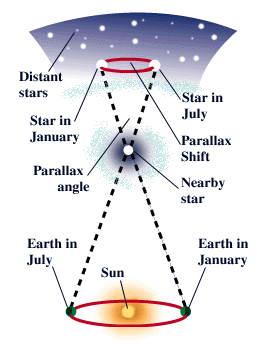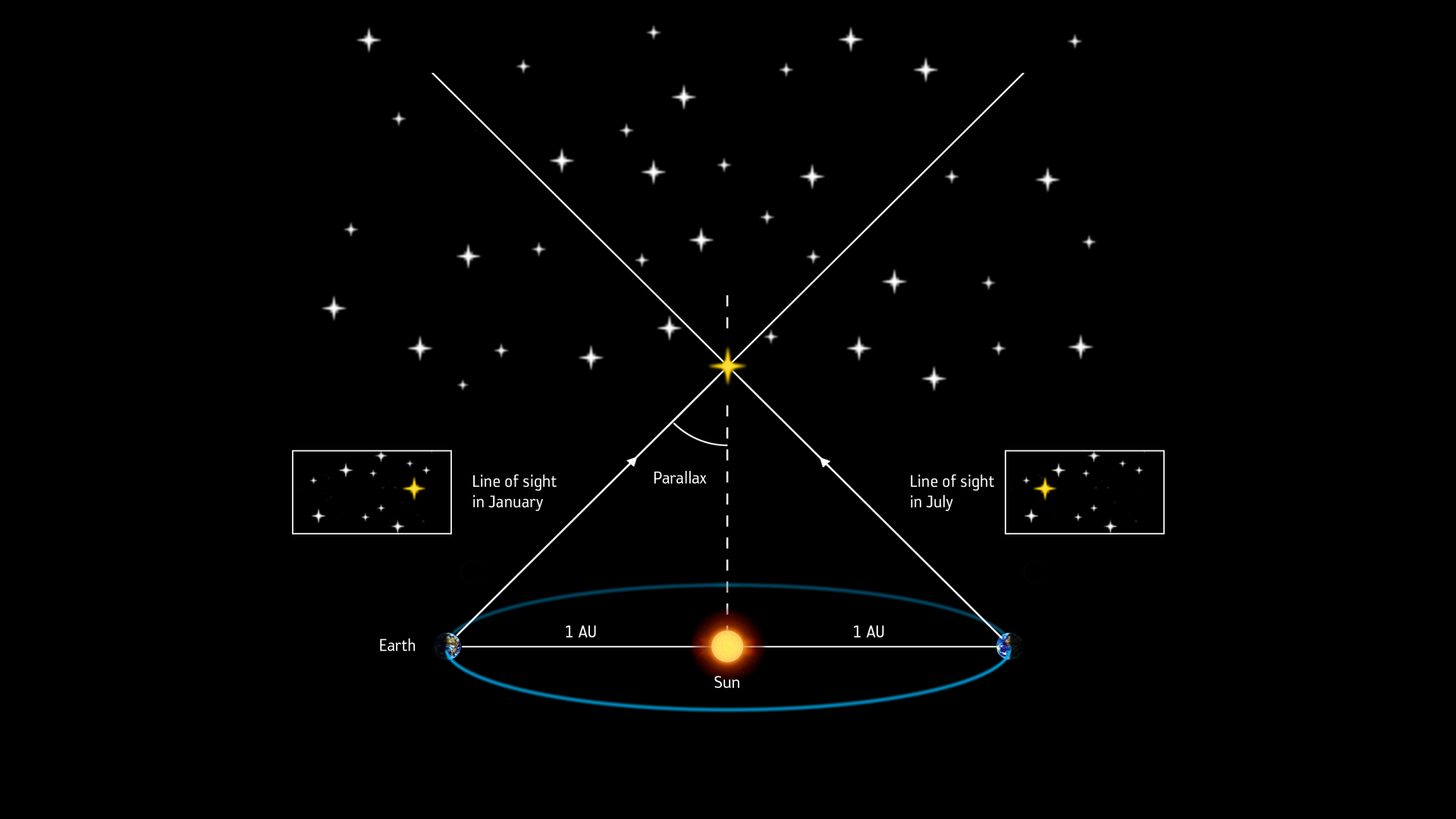
How Do Astronomers Measure the Distance to Stars?
The universe is an unimaginably vast expanse filled with trillions upon trillions of stars, each occupying its own unique place in the cosmic tapestry. One of the fundamental questions in astronomy is how to determine the distances to these distant stellar objects. Astronomers have developed several ingenious techniques and methods to measure the vast distances between stars, allowing us to unravel the mysteries of the universe. In this comprehensive article, we will explore the fascinating ways astronomers measure the distance to stars.
The Challenge of Cosmic Distances
Measuring astronomical distances is an extraordinary challenge due to the sheer enormity of the universe. Stars are often millions, billions, or even trillions of miles away from Earth. Traditional measuring tools like rulers and yardsticks are wholly inadequate for cosmic measurements. Instead, astronomers rely on a toolkit of specialized techniques, many of which are based on principles of geometry and physics.
1. Parallax: The Stellar Yardstick
One of the most fundamental and direct methods for measuring the distance to nearby stars is the parallax method. This technique relies on the apparent shift in the position of a star when viewed from different vantage points on Earth as it orbits the Sun.
To visualize parallax, hold your finger in front of your face and close one eye, then switch eyes. Your finger appears to move relative to the background. The same principle applies to stars. As the Earth orbits the Sun, nearby stars seem to shift their positions against the backdrop of more distant stars.
The angle of this apparent shift is measured in arcseconds, and the smaller the angle, the farther away the star. By precisely measuring the annual shift in position, astronomers can calculate the distance using simple trigonometry. The parallax method is most effective for stars within a few hundred light-years from Earth.
2. Standard Candles: Using Intrinsic Brightness
For stars beyond the range of parallax measurements, astronomers turn to “standard candles.” These are objects of known or predictable intrinsic brightness, and by measuring how bright they appear from Earth, astronomers can infer their distance.
a. Cepheid Variables: Cepheid variable stars are pulsating stars whose brightness varies in a regular and predictable manner. Astronomers have discovered that there is a direct relationship between a Cepheid variable’s period (the time it takes to go through one cycle of brightness change) and its intrinsic luminosity. By measuring the period of a Cepheid variable and comparing it to its apparent brightness, astronomers can calculate the distance to the star.
b. Type Ia Supernovae: These are massive explosions that occur when a white dwarf star accumulates enough mass to trigger a thermonuclear explosion. Type Ia supernovae are remarkably consistent in their peak brightness. By measuring the apparent brightness of a Type Ia supernova, astronomers can determine its distance from Earth. These supernovae have played a crucial role in determining the expansion rate of the universe.
3. Spectroscopic Parallax: Analyzing Starlight
Spectroscopic parallax is a method used for stars too distant for traditional parallax measurements. Astronomers analyze the star’s spectrum, which provides information about its temperature and intrinsic brightness. By comparing this intrinsic brightness to the apparent brightness observed from Earth, they can estimate the star’s distance.
4. Main Sequence Fitting: Stellar Evolution Clues
This method relies on the Hertzsprung-Russell diagram, which plots a star’s luminosity against its temperature. Stars spend most of their lives on the “main sequence” of this diagram, where they burn hydrogen into helium. The brightness of a star on the main sequence is directly related to its mass.
By comparing the apparent brightness of a star to its spectral type and color, astronomers can estimate its luminosity and, thus, its distance. This method is especially useful for star clusters, where many stars of different masses and ages are located close to one another.
5. Moving Cluster Method: Stars on the Move
Stars within a cluster tend to move together through space. By measuring the motions of stars within a star cluster and their apparent angular motion across the sky, astronomers can estimate the cluster’s distance. This method is particularly effective for young stars still residing in their birth clusters.
6. Cosmic Distance Ladder: Tying it all Together
Astronomers often use a combination of these methods, known as the “cosmic distance ladder,” to measure distances across a wide range of cosmic scales. The ladder starts with the nearby parallax measurements and extends to the farthest reaches of the observable universe using techniques such as Type Ia supernovae and the redshift of galaxies.
Conclusion
Measuring the distance to stars is an essential undertaking in astronomy, allowing us to understand the scale and structure of the universe. Through ingenious methods like parallax, standard candles, and spectroscopy, astronomers have unlocked the secrets of the cosmos, revealing the vastness of space and the incredible diversity of stars that inhabit it. These distance-measuring techniques continue to evolve, pushing the boundaries of our cosmic knowledge and expanding our understanding of the universe beyond imagination.

